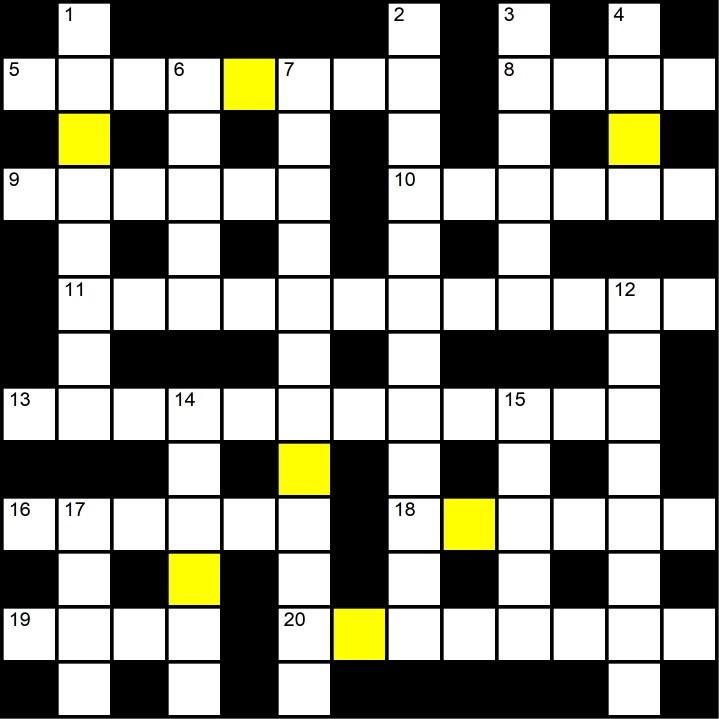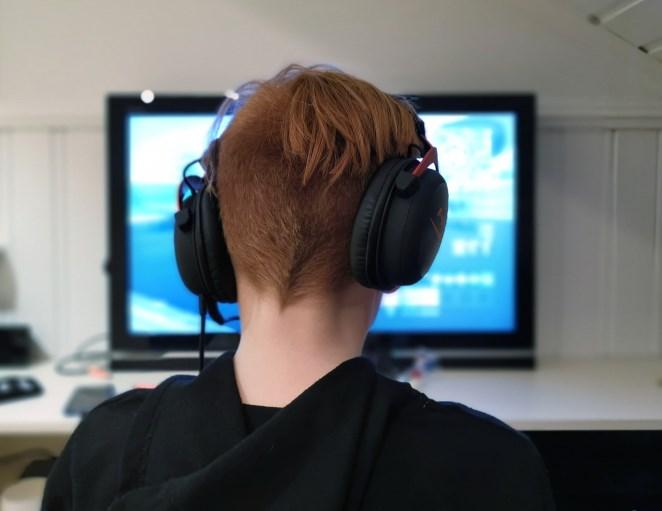
3 minute read
Local history the curse of Cowdray
12 History
The curse of Cowdray By local historian & artist David Johnston
Advertisement
The story of Cowdray
Magic, as a practise for healing is as old as the world, though in medieval days it was associated more with the black arts, and witchcraft, than secret charms for the healing of bodies. So it may be said, that if there is anything in the dark powers of the occult, and witchery, then we need look no further then the belated curse of Cowdray! For how the prophecy came wonderfully to fulfilment. There are two accounts of the manner in which the 'curse' was pronounced on Cowdray. One dates from the gift of Battle Abbey by Henry VIII. to Sir Anthony Brown, the father of Queen Elizabeth's host and friend. Sir Anthony Brown seized his new property, and turned the monks out of the gates, in 1538. Legend says that as the last monk departed, he cursed the despoiler to his face. He foretold the doom that would befall his posterity, and prophesied that the curse would cleave to his family until it should cease to exist. The second is that the King's Commissioners called upon the Sub-Prioress of Easebourne Priory to countersign the act of surrender –she warned them that the founders of the Priory had left a terrible malice on all who in time should molest or harry its occupants, and on all who in after time should aid or profit by a deed of sacrilege. “As the traditions of our house”, she said, “a curse of fire and water on all the male children and heirs of spoilers for the rest of their lives. That curse ye are about to incur. He who takes lands it shall come upon him, and his name shall die out. It shall follow as the heritage of the race that comes after him, and it shall continue even until the end”. By fire and water it perished indeed. A week after Cowdray House was burned, in 1793, the last Viscount Montague was drowned in the Rhine. The chief priest of the church of Laufenberg records in a letter the drowning of the Viscount Montague [and his friend Charles Sedley Burnett] –“and there, in the so -called strait, they disappeared in a vortex or eddy, and were never seen again; nor were their bodies recovered.” The account goes on to say that “the banks were crowded with spectators, but nobody could save the Englishmen, who swam together, endeavouring, as it appeared, to lay hold of the boat that was overset and floating along the current, but they could not reach it. They sank exhausted in the whirlpool into the depths, and the dog with them.” Viscount Montague's only sister (the wife of Stephen Poyntz) who inherited, was the mother of two sons –both were drowned in 1815, while bathing at Bognor. The drowning of the two sons at Bognor, re-kindled the old traditions and beliefs about the “fire and water”, to such an extent that it is affirmed that the later Viscounts Montague and their families were extremely jealous of the facts relating to the curse and its fulfilment becoming known. However, a Catholic magazine called “The Lamp”, published in 1878-9, adds a connected story of the curse founded on a narrative handed down from a steward of Cowdray House. “The fifth Viscount was a man of violent temper. On reaching Mass one day and finding it half done, he drew his pistol and shot the chaplain. The outcry all over the country was loud and vengeful, and my lord lay concealed for fifteen years in a hiding hole contrived in the masonry of Cowdray for the shelter of persecuted priests. The peer emerged only at night when he roamed the close walks, repentant and sad. Lady Montague would then steal out to him, dressing all in white to such good purpose that the desired rumours of a ghost soon flew about the neighbourhood”. The full and actual curse of Cowdray, is given by Sir Henry Spelman in his 'History of Sacrilege': the complete curse makes disturbing reading: suffice to include the last sentence –“May all these curses come upon them, following in their track till they overtake and seize them and they perish utterly. Fiat” (let it be done). To purchase any prints or the original painting of the illustration that accompanies this article, please see www.davidjohnston.org.uk or contact David on 01798 345296 or david.rg.johnston@googlemail.com










